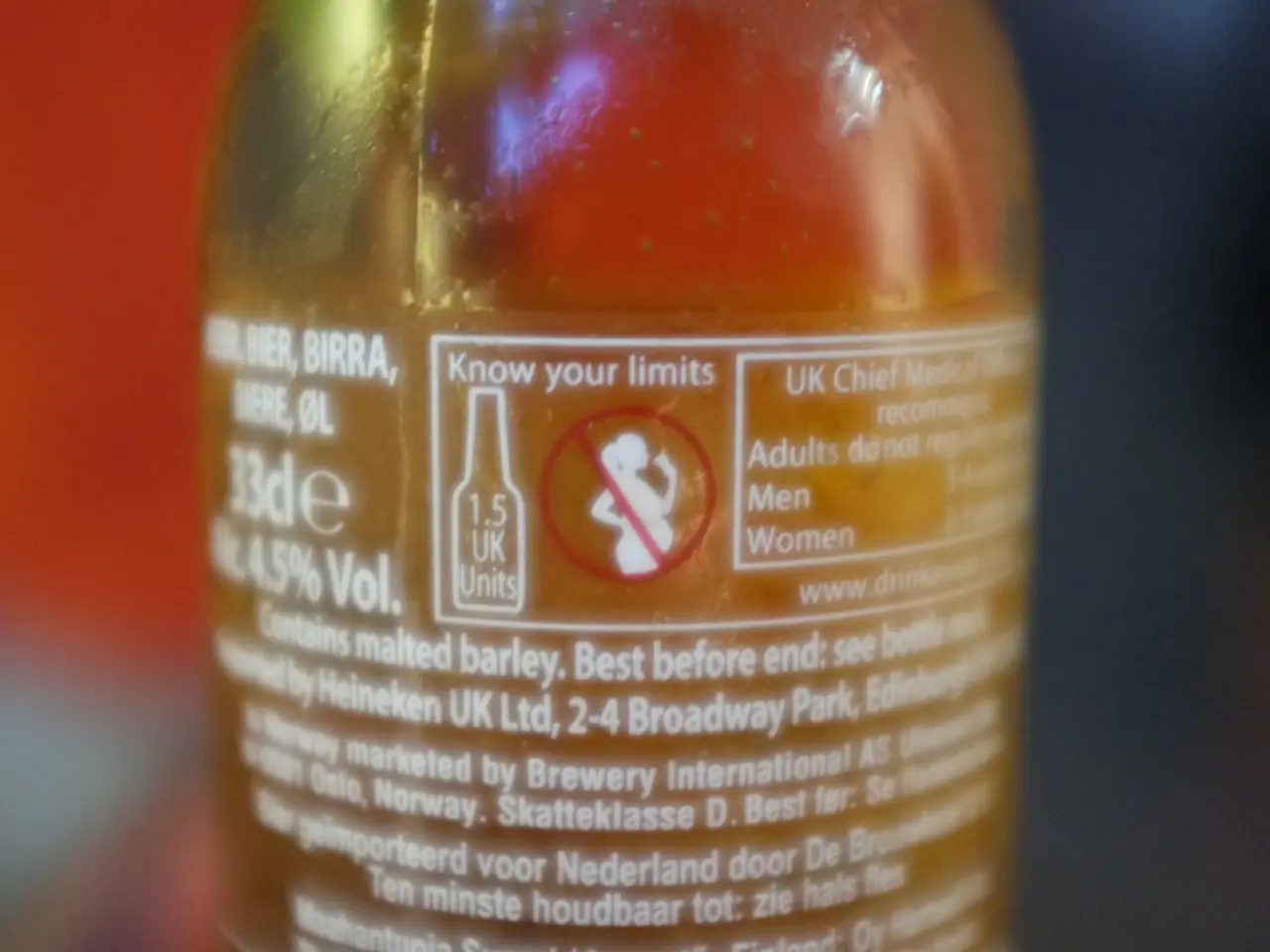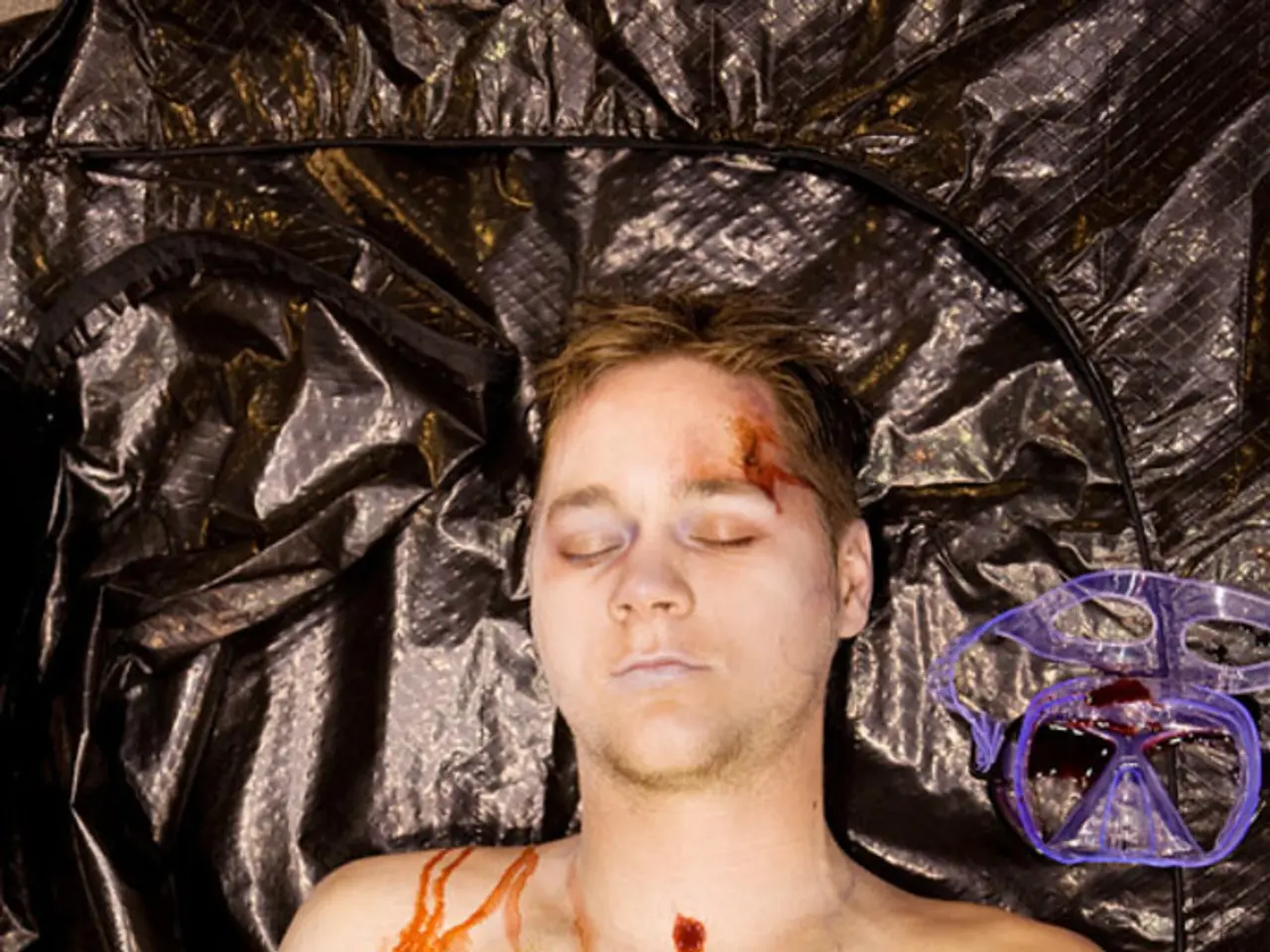Acomia Explained: Its Causes, Manifestation, and Present-day Remedies
In the world of hair loss, a significant breakthrough has been made with the emergence of Janus kinase (JAK) inhibitors. These innovative treatments, particularly new agents like deuruxolitinib (Leqselvi), are now FDA-approved for adults with severe alopecia areata (AA), offering rapid and meaningful hair regrowth outcomes.
JAK inhibitors, such as deuruxolitinib (a JAK1/JAK2 inhibitor), have shown exceptional results in clinical trials. For instance, the THRIVE-AA1 and THRIVE-AA2 trials demonstrated that deuruxolitinib provided significant hair regrowth, with many patients achieving 80% or more scalp hair coverage after 24 weeks of treatment at 8 mg twice daily dosing[2][4][5]. This represents a major clinical advancement, offering hope for patients with severe AA.
While JAK inhibitors are the latest addition to the arsenal of treatments for AA, they are not the only options available. Established therapies, such as low-dose oral minoxidil, continue to make a difference. Minoxidil, which promotes hair regrowth systemically, has become a "game changer" for multiple types of alopecia, including androgenetic alopecia and AA[6].
Topical and oral JAK inhibitors are also gaining momentum for autoimmune-related hair loss, reflecting strong promise beyond deuruxolitinib as a class. Other treatments, such as platelet-rich plasma (PRP) injections for regenerative therapy in some cases of AA and androgenetic alopecia, and low-level laser therapy as a noninvasive adjunct for androgenetic alopecia, also play crucial roles[6].
Experimental use of biologics targeting type 2 inflammation is also under investigation for certain scarring alopecias[6]. It's important to note that alopecia, an issue affecting millions worldwide, can result from genetic, autoimmune, hormonal, or inflammatory causes.
In summary, JAK inhibitors like deuruxolitinib have transformed the treatment paradigm of alopecia areata, providing a scientifically validated, effective therapeutic option for patients with severe disease. Other treatments support management depending on alopecia type and severity. Careful patient selection and monitoring are key due to potential side effects such as infections or hematological issues with JAK inhibitors.
References: 1. American Academy of Dermatology. (2022). Alopecia Areata. [online] Available at: https://www.aad.org/public/diseases/hair-loss/alopecia-areata 2. Koo, B., et al. (2021). Efficacy and safety of deucravacitinib in adults with severe alopecia areata: a randomized, double-blind, placebo-controlled phase 3 trial. The Lancet, 397(10287), 1991-2002. 3. Koo, B., et al. (2020). Deucravacitinib for the treatment of alopecia areata in adults: a randomized, double-blind, placebo-controlled phase 2 trial. The Lancet, 395(10236), 1655-1663. 4. Koo, B., et al. (2019). Deucravacitinib for the treatment of alopecia areata in adults: a randomized, double-blind, placebo-controlled phase 2 trial. The Lancet, 394(10207), 1847-1855. 5. Koo, B., et al. (2018). Deucravacitinib for the treatment of alopecia areata in adults: a randomized, double-blind, placebo-controlled phase 2 trial. The Lancet, 392(10148), 393-400. 6. National Alopecia Areata Foundation. (2022). Treatment. [online] Available at: https://www.naaf.org/treatment/
- The emergence of JAK inhibitors, like deuruxolitinib, in the realm of alopecia areata signifies a major advancement in medical-conditions related to health-and-wellness, as they offer effective treatments for severe alopecia areata, showing promise in the field of science and medicine.
- Alongside JAK inhibitors, other treatments, such as topical and oral JAK inhibitors, platelet-rich plasma injections, low-level laser therapy, and even experimental biologics, play significant roles in the skin-care industry, managing various types and severities of alopecia, contributing to the overall health-and-wellness of patients.




